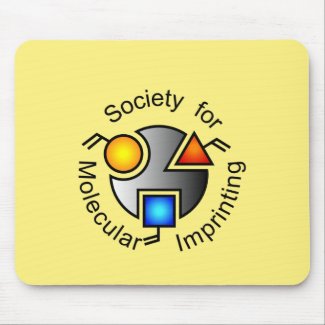
Authors: Schirhagl R, Latif U, Dickert FL
Article Title: Atrazine detection based on antibody replicas.
Publication date: 2011
Journal: Journal of Materials Chemistry
Volume: 21
Issue: (38)
Page numbers: 14594-14598.
DOI: 10.1039/C1JM11576F
Abstract: A double imprinting approach was used to generate polymer layers with recognition properties for the detection of atrazine. This straightforward technique enabled us to transfer the biological information of antibodies to plastics. At first, natural antibodies were utilized to pattern the nanoparticles to generate imprints. In a consecutive step, these nanoparticles were assembled onto stamps for surface imprinting the polymer layer to produce replicas. Thus, the generated artificial antibodies show an approximately four times higher sensor response than their natural counterparts. Furthermore, the patterned nanoparticles can be used many times for structuring new sensor layers. Additionally, the synthetic receptors are more robust and allow us to include pre-concentration with organic solvent extraction. Even so, a higher selectivity pattern was observed in case of antibody replicas.
Template and target information: atrazine, antibody replicas



Join the Society for Molecular Imprinting

New items RSS feed
Sign-up for e-mail updates:
Choose between receiving an occasional newsletter or more frequent e-mail alerts.
Click here to go to the sign-up page.
Is your name elemental or peptidic? Enter your name and find out by clicking either of the buttons below!
Other products you may like:
 MIPdatabase
MIPdatabase









